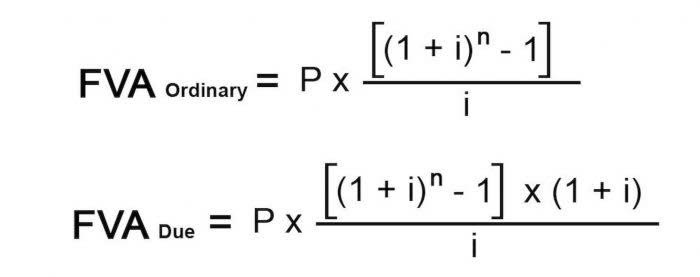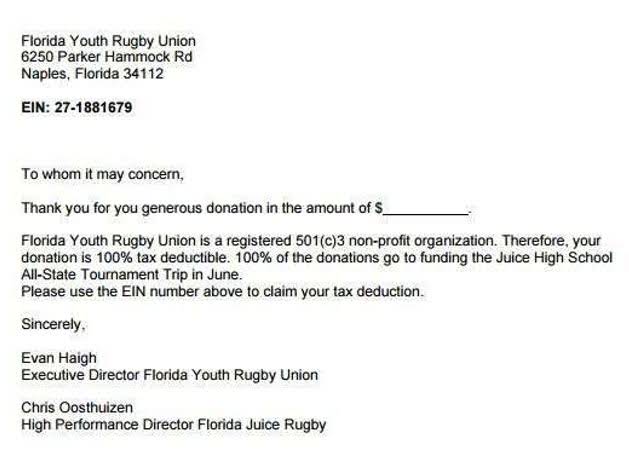
The business to whom customers owe money—the days sales outstanding (DSO) can be used to measure the efficiency at which credit sales are converted into cash on hand. Therefore, accounts payable is classified in the current liabilities section of the balance sheet, as the accumulation of unfulfilled payment obligations imply a future “outflow” of cash. Hence, while accounts payable is recognized as a current liability, accounts receivable is recorded in the current assets section of the balance sheet. Given the accounts payable balance as of the beginning of the accounting period, the two adjustments that impact the end of period balance is credit purchases and supplier payments. In effect, the accounts payable balance increases when a supplier or vendor extends credit, and vice versa when the company pays in cash (and fulfills the payment obligation to its creditors).

An improved way to track outstanding payments
Because it’s not exhausted in the production of their goods, the machine is categorized as accounts payable. The coffee shop already knows that bulk beans and paper cups are treated as trade payable. But if there’s a financing How to Invoice as a Freelancer structure, like a loan or payment plan with interest, it’s no longer considered accounts payable. Ensuring the validity of invoices is essential to avoid being overcharged or getting caught up in invoice fraud. Matching invoices with relevant documents such as purchase orders, receiving reports and inspection slips can help prevent these issues. Agreement may specify a term over which the creditor has to claim the outstanding amount at the expiry of which the debtor seizes to be liable for the amount due towards the payable.

Trade payables
Accurate accounts payable forecasting enables better cash flow planning and decision-making. By analyzing payment patterns, upcoming obligations, and seasonal variations, businesses can predict cash requirements and optimize payment timing for improved financial management. Continuous evaluation of accounts payable workflows identifies opportunities for enhanced efficiency and cost savings. This includes assessing current processes, implementing automation solutions, and adopting industry best practices to optimize performance and reduce processing costs. Regular closing procedures involve reconciling accounts, generating reports, and ensuring all transactions are properly recorded. This process includes reviewing outstanding items, analyzing aging reports, and preparing financial statements while identifying any issues requiring attention before period-end closing.
Is accounts payable a debit or credit?
- Accounts payable is a company’s obligation to pay for goods and services received on credit, typically within 30 to 90 days.
- At the end of every accounting period (year, quarter, month, 5-week period, etc.) it is important that the accounts payable processing be up-to-date.
- You are the accountant and you are assigned to record this transaction in your company accounting system.
- Consider implementing accounts payable software to simplify your workflow, save time, and maintain financial accuracy.
- AP automation helps optimize this metric by providing better control over payment timing.
- A systematic approach to recording these obligations helps businesses maintain accurate books and make informed financial decisions.
This represents a liability until the funds are actually paid out to shareholders. Accrued expenses payable occur when a company has used a service or resource but has not yet received an invoice for it. Even though there’s no invoice, the company still records the expense because it knows the payment is coming soon.
It ensures accurate vendor payments while maintaining detailed transaction records. DPO measures the average time taken to pay vendors, reflecting working capital efficiency in the accounts payable process. AP automation helps optimize this metric by providing better control over payment assets = liabilities + equity timing. A higher DPO typically indicates better cash management but must balance with vendor relationships. Purchases refer to the acquisition of goods or services by a business, typically for the purpose of resale or for use in production.
The accounts payable process manages both recurring and one-time payments through AP automation. These transactions vary in frequency and amount, covering operational, administrative, and miscellaneous business expenses. Regular evaluation of how the accounts payable process supports organizational goals is crucial.

This comprehensive analysis helps organizations evaluate vendor relationships, negotiate better terms, and make informed decisions about supplier partnerships to optimize procurement strategies. Proper invoice documentation requires capturing all relevant details, including vendor information, invoice numbers, dates, amounts, and payment terms. Business licensing fees include software licenses, professional certifications, and regulatory permits required for operations. These obligations often involve annual or periodic renewals and must be tracked to maintain compliance and operational continuity. Executing approved payments involves selecting appropriate payment methods, verifying bank details, and ensuring secure transaction processing. This crucial step involves matching invoices against purchase orders and receiving documents to ensure accuracy and prevent duplicate payments.
Comparing accounts payable vs trade payable
The accounts payable process handles various payment terms through AP automation, ranging from immediate payments to extended credit arrangements, depending on vendor agreements and service types. The accounts payable process faces risks including duplicate payments, fraudulent invoices, and missed payment deadlines. AP automation implements controls to prevent errors and unauthorized transactions. Accounts receivable concentrates on collecting and tracking incoming payments from customers, ensuring steady cash flow, and maintaining accurate records of all credit sales and subsequent collections. AP automation tools provide detailed insights into spending patterns within the accounts payable process.

A receiving report is a company’s documentation of the goods it has received. The quantity and description of the goods shown on the receiving trade payables report should be compared to the information on the company’s purchase order. The purchase return account is the contrast account of assets or expenses that were previously recorded.
